#The Dusseldorf School of Painting
Explore tagged Tumblr posts
Text
#FineArtFriday: Upon Sunny Waves, by Hans Dahl #prompt #NovemberWriter
Artist: Hans Dahl (1849–1937) Title: Upon Sunny Waves Date: before 1937 Medium: oil painting Hans Dahl was a Norwegian painter trained in Germany and is associated with the Düsseldorf school of painting, which was characterized by finely detailed imaginary landscapes. In his later years, he endured mean-spirited criticism from other artists and art critics, because he chose to remain true to his…

View On WordPress
#Fine Art Friday#Hans Dahl#Norwegian Artists#Norwegian Landscape Paintings#Romanticism#The Dusseldorf School of Painting#Upon Sunny Waves by Hans Dahl
0 notes
Text
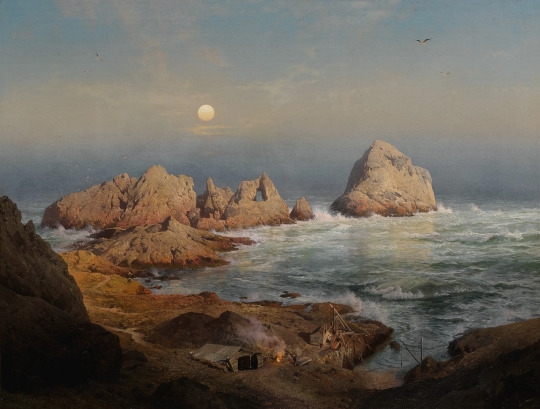
Herman Herzog - Fisherman's Bay, South Farallon Island, 1875.
2K notes
·
View notes
Text

Slumbering Maid by Ludwig Knaus, 1866.
#classic art#painting#ludwig knaus#german artist#19th century#naturalism#dusseldorf school#genre art#woman#sleeping#geese#basket#flower pots#bench#exterior
178 notes
·
View notes
Text
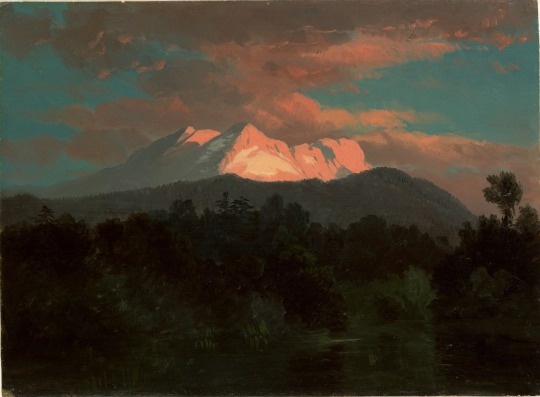
Mountain Range, James McDougal Hart, 1850-55
#art#art history#James McDougal Hart#landscape#landscape painting#landscape art#mountains#mountain range#Hudson River School#Dusseldorf School#American art#Scottish-American art#19th century art#oil on paper#Metropolitan Museum of Art
181 notes
·
View notes
Text
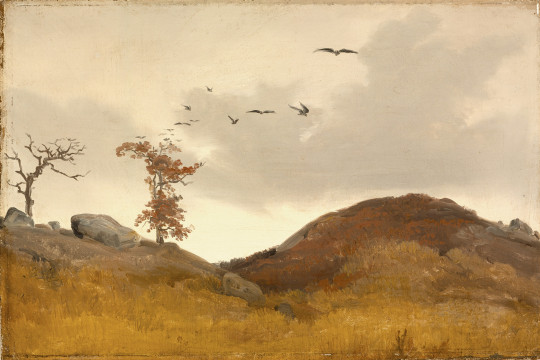
Landscape with Crows, Karl Friedrich Lessing, circa 1830
Oil on canvas 9 ½ x 14 in. (24.13 x 35.56 cm) Los Angeles County Museum of Art, Los Angeles, CA, USA
#art#painting#karl friedrich lessing#1830s#19th century#19th century art#landscape#oil#lacma#german#dusseldorf school
33 notes
·
View notes
Text
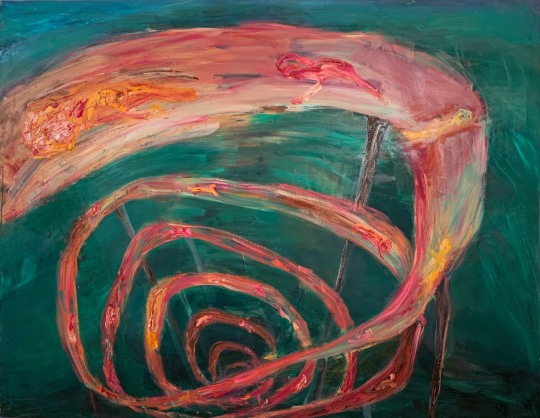
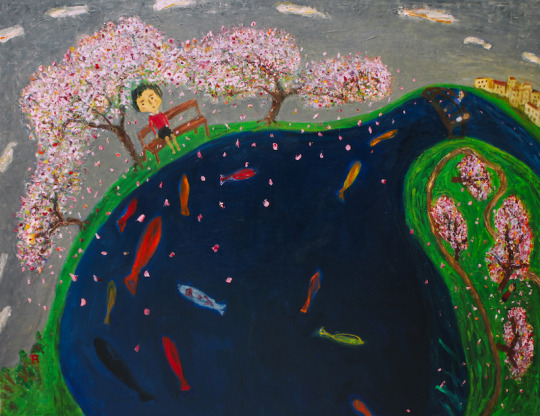





Masao Nakahara (b 1956, Japan) tells:
“When I was little, I was afraid of dying…I wondered what would happen after I died, and if everything would end when I did”…”When I was 10 years old a thought came to me. Whenever I was in that room at that time of the day, the sun was shining brightly, and I felt happy. And in that moment, I thought that light would always be shining in this room at that time of the day and would continue to do so, even if I died. …”and I thought “that’s fine then”.
Nakahara grew up in a small town in Japan (Honjō, Saitama Prefecture), and started painting from a very early age. His introduction to artists such as Fauvist Georges Rouault and Impressionist Maurice Utrillo, opened up new perspectives for an artist who was interested in reflecting his own world, than adapting to the demands of Tokyo’s art schools.
In the early 1980’s Nakahara came to Germany, where he studied at the Dusseldorf Art Academy between ’83 and ’88. Here his art got influenced by the expressionist movement of the Neue Wilden, resulting in portraits like ‘The Headman’ (1984), ‘Table’ (1985-87) and ‘The Two’ (1988). The portraits helped the artist “..to hold on to something, whenever I did not know what to do, or when I felt lonely or troubled.”
From the 1990’s onwards Nakahara introduces a broader iconography, such as impermanence, temporality, and beauty. Often metaphorically characterised by (Cherry blossom) trees, boats, bridges, and infinite paths they find their origin in Japanese myths of death.
Edgard Munch comes to mind when looking at the landscape as a metaphor for death, but more directly Nakahara’s work has been influenced by a work of Sekine Shōji entitled “Mourning Believers” (1918). symbolising a bridge as linking life to death. Shōji was a Japanese painter, who died when he was only 20 but left a remarkable oeuvre.
https://althuishofland.com/biography/masao-nakahara/
16 notes
·
View notes
Text
Gerard Richter:
-Gerhard Richter is a German painter who was born on the 9th of February, 1932 in Dresden.
-Some of Richter's family members were directly involved with Nazi movement, specifically his father, school teacher and uncle.
-At the age of 16 left his education and began an apprenticeship as a set painter within theatres.
-The second World War effected the young artist on a personal level as he lost family members. This lead Richter to pursue his art whilst being inspired by nature rather than political, religious or philosophical issues.
-In 1951, Richter began his studies at Kunstakademie in Dresden. During this time the artist spent is time creating murals and political banners that were supported and requested by state-owned businesses.
-Richter became aware of the artists Jackson Pollock and Lucio Fontana, which in turn informed Richter's artistic practice as he began experimenting with splashes of colour with lots of energy and truth.
-In 1961, before events relating to the Berlin Wall, Richter moved to Dusseldorf and returned to the local Kunstakademie.
-Upon reflecting on his artistic practice, Richter decided he would produce and engage with work that was within the avant-garde style. Therefore, as a result the artist destroyed and discarded many of his earlier works from the 1950s and the 1960s.
-Richter would make use of photograph whilst projecting and tracing images onto his canvases and then paint. The final result was always a distorted and blurred version, therefore creating mystery of what the subject actually looks like.
-Richter's painting style evoked such questions involving components of paintings within the viewers; composition, colour scheme. This allowed the viewer to focus on the elements and literal marks left during the process of painting rather than specific and recognisable features of the subject matters.
-Richter began adopting techniques of blurring, sgraffito, impasto and creating multiple layers within his paintings. He would also used tools other than paint brushes, for example, a squeegee in order to engage with aggressive sweeping motions.
-The artist became a professor at the Kunstakademie in Dusseldorf.
-Richter unfortunately received a lot of criticism for many of his artistic process and actively disregarding the social and political issues that arose at the time due to the World War 2 Nazi regime.
-Later in Richter's artist career, he focused on creating figurative work that captured the imagery of victims that were involved with terrorist attacks.
-Richter continues to maintain his professorship at the Kunstakamedie in Dusseldorf.
-Richter was involved with capitalist realism, pop art and postmodernism.
-The artists paintings explore the idea of capturing images in ways that prove and change the view or overall perception of the object.
-Experiments with realism and abstract art within his paintings.
-the artist was also inspired by minimalism and conceptualism.
-Richter has explored the possibilities of painting and images and their not so good connections with photography.
-He believes that photographs do not convey objects in their entirety.
-His paintings are drawn from the imagery of newspapers or family albums.
-Richter believes that all forms of imagery work alongside one another and communicate.
-for many of his paintings Richter would capture the subject by blurring them convey the extent in which artists can paint something without revealing it truthfully.
-The artists displays his expressive strengths and shortcomings.
-His paintings have many layers, brushstrokes (in lots of directions), colours, with the use of sgraffito and strokes.
-Richter was influenced by artist and influenced artists: Christopher wool, Ellsworth Kelly, Max Beckham, Jackson Pollock, Lucio Fontana, Robert Raushenberg and Andy Warhol.
-Richter had personal connections with artist Sigmar Polke, Blinky Palermo, Robert Storr, Joseph Beuys, George Baselitz and Konrad Fischer-Lueg.
-was influenced by conceptual art and minimalism.
-influenced Pop Art, Abstract Expressionism, Fluxus and Dada
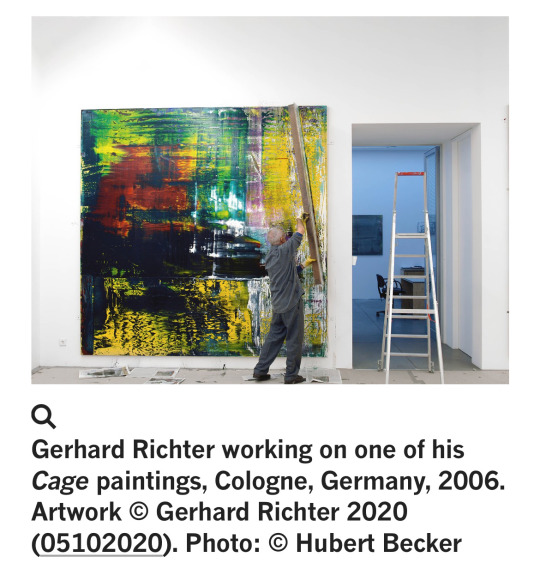
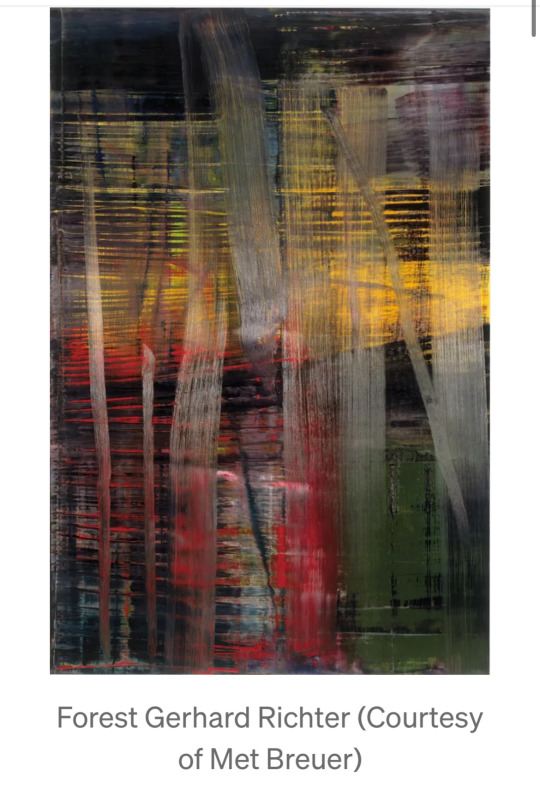

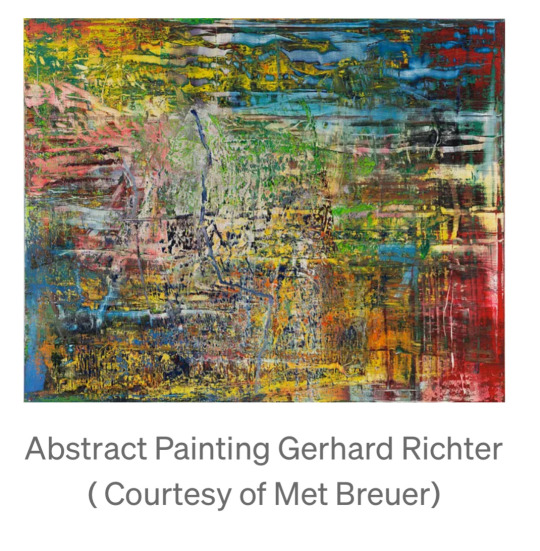
How does this relate to my work?:
Within my practice I will be making use of similar techniques to convey the amount of energy I physically put into my work. I have made use of a squeegee in order to create a distorted and blurred look to many of my sinister subject matters. I have also made use of sgraffito and impasto much like Richter. The techniques he uses to create his works have inspired some of my works.
1 note
·
View note
Text
NY / Henri Paul Broyard: Carousel

Carousel September 16, 2023 – October 15, 2023 Opening reception: September 16, 2023, 5-7pm
Tiger Strikes Asteroid New York is proud to present Carousel, a solo exhibition by Henri Paul Broyard, curated by Yael Eban. For over a decade, Broyard's practice has examined domestic spaces and the perception and history of mark making. He uses a range of imagery to create his work, often using his own images, collected snapshot photographs, and his personal memories as source material. The artist’s interest in the vernacular is also apparent in the show’s title—Carousel references a slide projector of photos, as well as the colorful, kitschy opulence of an amusement park.
Carousel marks the first occasion the artist will reveal a glimpse behind the studio curtain by presenting a collection of canvas palettes alongside two of his signature interior paintings. Broyard uses handheld canvases as palettes while working on multiple paintings at once. He uses the palettes not only to mix colors, but to test brushes, marks, and textures that are eventually applied to the larger paintings. When a palette is nearly finished, he turns his attention towards it, perhaps adding a final mark before retiring it. At this point the palette is signed and dated with a location on the verso and stored away. When this occurs, the palette transforms from an object of utility into a record of experimentation. In a way Broyard is creating a diaristic archive of palettes that mirrors the extensive archive of photos and objects he has collected for inspiration.
While his signature paintings flirt with abstraction within a restrained, matter-of-fact framework, in the palettes Broyard is allowing himself the freedom to push each canvas to its limit. Given how integral mark making is to his work—either his own marks or those he encounters in the world—this is a unique and added layer in understanding his art practice as a whole.
Broyard will simultaneously present a solo exhibition, Piebald, at Grant Wahlquist Gallery in Portland, Maine, from September 8 – October 28.
Henri Paul Broyard (b. Los Angeles, California) received a B.F.A. in Drawing and Painting from the California College of the Arts in 2013. He attended the Klasse Peter Doig at the Kunstakademie, Dusseldorf, in 2014. Broyard has had solo exhibitions at Grant Wahlquist Gallery in Portland, Maine and Foreland in Catskill, New York. Broyard’s work has been included in group exhibitions at venues including: Deli Gallery, New York; Alexander Gray Gallery, New York and Germantown; Essex Flowers, New York; Cindy Rucker Gallery, New York; SOLA Art Gallery, Los Angeles; the School of Painting Hangzhou, China; Tom Dick or Harry, Dusseldorf; 41 Cooper Square Gallery, New York; Haphazard Gallery, Los Angeles; and 119 Essex Street, New York, amongst others. His work has been the subject of reviews and publications in ArtNews, the Portland Press Herald, and The Rib. Broyard lives and works in Brooklyn and Canaan, New York.





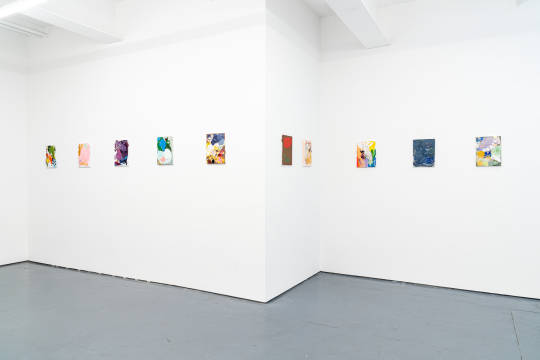


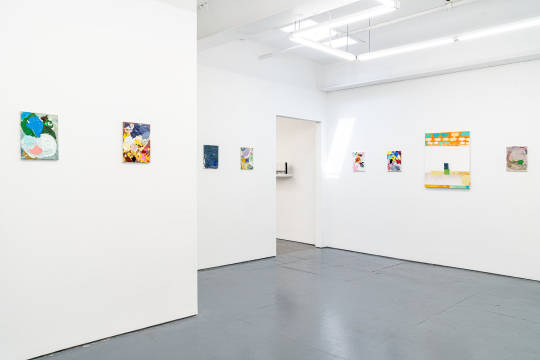



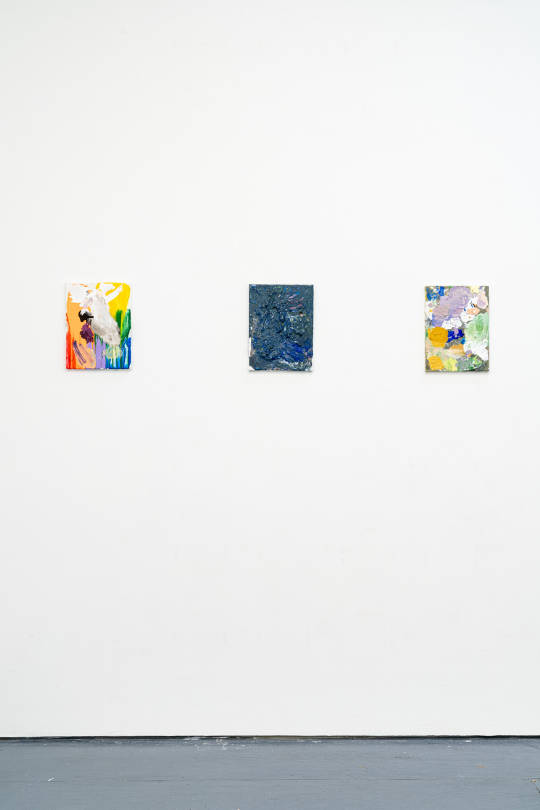
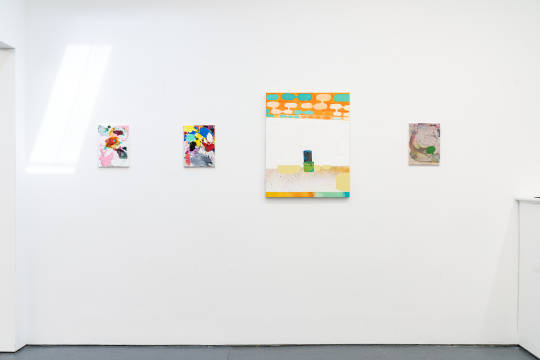



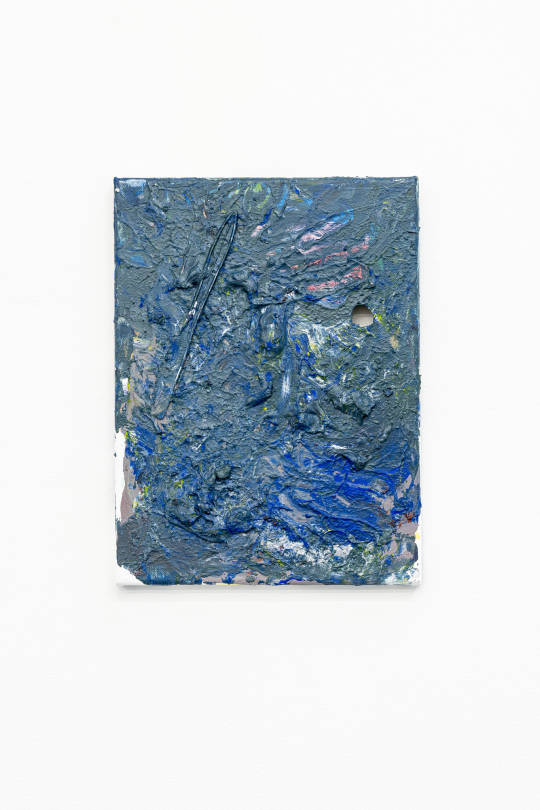

photos by Pratya Jankong
1 note
·
View note
Text

Margarete Heymann-Marks Löbenstein (German, 1899 - 1990), Covered Server, ca. 1930, Stoneware with handpainted design.
The ceramic artist Margarete Heymann-Marks Löbenstein or Margarete Heymann-Marks or Margarete Heymann-Löbenstein or Grete Marks may be known by many different names around the world, but the one thing that does not vary is her work. Her functional ceramic pieces are composed of simple shapes like circles and triangles. Her pieces are clean-lined in form and covered bright glazes—yellows and blues were frequent favorites. Löbenstein often added simple geometric patterns to the surfaces of her pieces. Löbenstein initially studied painting at the Cologne School of Arts and then the Academy of Fine Arts in Dusseldorf. She was then accepted to the Bauhaus School of Arts in Weimar, Germany, where she spent only a year. At the Bauhaus, she tried to study ceramics but faced sexism (the school claimed to treat artists equally but guided many of its female students into the weaving program which was seen as an appropriate female art form) and butted heads with the ceramics instructor. Shortly after leaving the Bauhaus, Löbenstein married, and together the couple started the Hael-Werkstätten pottery factory where she was able to produce her designs. The factory thrived, at its height employing 120 people and exporting pieces to Britain and the United States. Her husband’s sudden death in a car crash in 1929, the economic depression of the 1930s, and increasing oppression by the Nazis forced Löbenstein to sell the factory and flee to Britain with her family. There she opened another pottery factory called Grete Pottery, where she sold new designs and earlier ones from her time in Germany. This pottery was shut down when World War II began. After closing two pottery factories during her career, Löbenstein turned away from pottery and back to painting.
43 notes
·
View notes
Photo

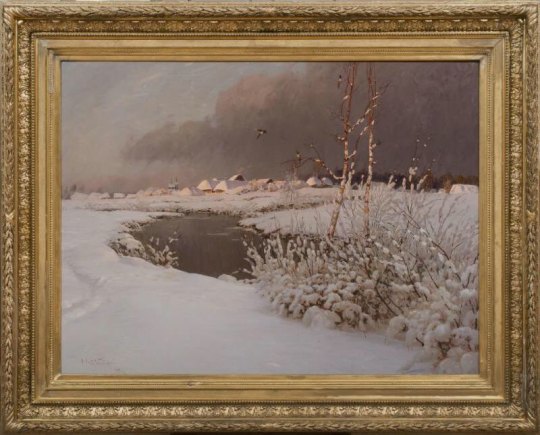

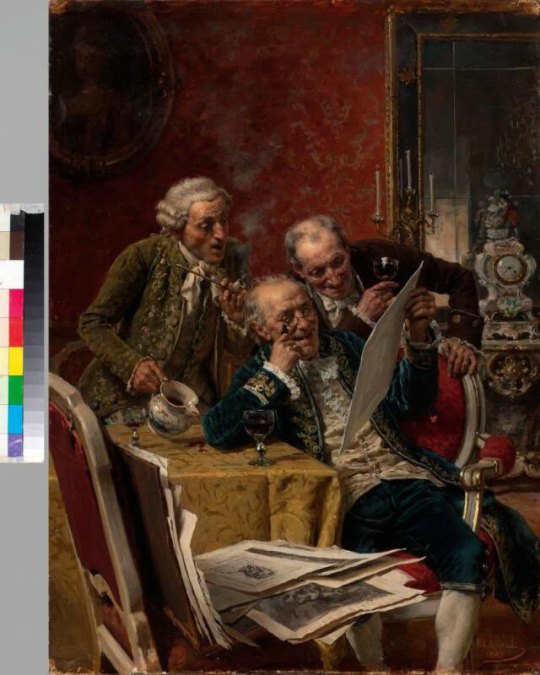
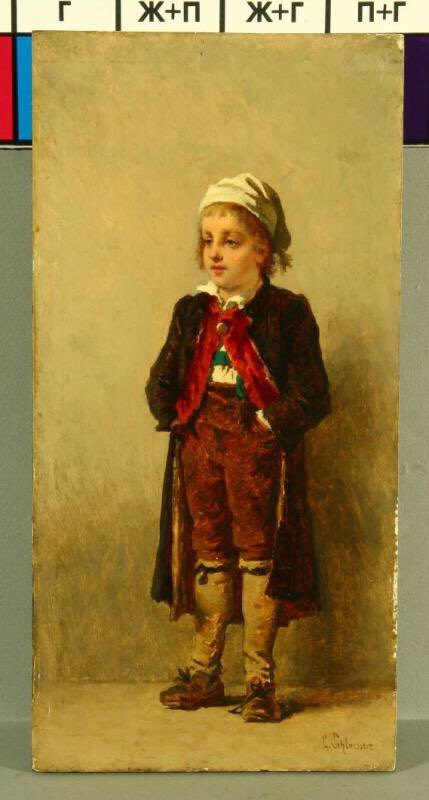

Some of the lesser known paintings of the Palisandre Drawing-Room of Her Majesty at the Alexander Palace in Tsarskoe Selo In the Palisandre Drawing-Room of the Empress, there was a multitude of paintings, watercolours, pastels and prints. Most of the paintings were hung along two particular walls - the wall leading to the Lilac Cabinet and the wall leading to the Maple Living-Room. The two most well-known of these paintings still reside with GMZ Tsarskoe Selo and have recently been reframed with recreated wooden frames to match the originals which were lost during the Second World War. Gosfond (The State Museum Catalogue of the Museum Fund in Russia) has a wealth of a collection that spans the entire country with a range of objects ranging from drawings, photographs, sculpture, paintings, portraits, miniatures, vases, etc. GMZ Pavlovsk is the major keeper of what was evacuated from the Alexander Palace during the war. In its collection is 1,078 items which vary from paintings, fabric hangings from the rooms, sculpture, art glass, etc. Of these, I was able to find six of the paintings which up until 1941 hung on the walls of the Palisandre Drawing-Room of Her Majesty. From the 1928 Catalog on the Alexander Palace-Museum (Furnishings) by I. Yakovlev and translated generously by Stephen R. de Angelis (available via www.bookemon.com), are the titles that correspond to these six paintings: "Lake early in the morning with the shore in the fog." Circa. 1896. Volkov, Ef. (b. 1843). At-will student of the Academy of Arts from 1867. "Winter Landscape. A village on a river during sundown." Circa. 1895. Dubovskoi, Nik. (b. 1859). Member of the Academy of Arts from 1877. "Moscow. Neskuchnoe - Alley and Park." Circa. 1896. Krachovskii, I.E. (1854-1914). Russian School.
"Lovers of Art (three members of the Court - Gentilhommes) in dress of the era of Louis XV look at paintings." Gilardi, P.S. Date Unknown. "Boy with hands in his pockets." Schloesser, G. Date Unknown. "Young girl playing the flute and a heron dancing around her." Svedomskii, P.A. (1849-1904). Dusseldorf Academy of Arts. Circa. 1897. ________________________________________________________________ Please enjoy these images, and If you'd like to share them elsewhere, you can download them yourself and if you do so, PLEASE remember to credit the institution/news source/author/photographer - in this case Gosfond, GMZ Tsarskoe Selo, GMZ Pavlovsk and V.I. Yakovlev, and Stephen R. de Angelis, appropriately! Thank-you. ________________________________________________________________ Sources: Gosfond (State Museum Catalogue of the Museum Fund of Russia) GMZ Tsarskoe Selo (Tsarskoe Selo State Museum Reserve) GMZ Pavlovsk (Pavlovsk State Museum Reserve) ”The Alexander Palace in Detskoe Selo,” - V.I. Yakovlev. Circa. 1927 (Republished in 1928), translated by Stephen R. de Angelis. (2015) Link of courtesy: www.goskatalog.ru https://www.bookemon.com/book-profile/yakovlev-the-alexander-palace-1927/545267 Also, if anyone is interested, this is the original text which Mr. de Angelis translated from, which is free for download via this website: http://elib.shpl.ru/ru/nodes/42498-yakovlev-v-i-aleksandrovskiy-dvorets-muzey-v-detskom-sele-ubranstvo-vmesto-kataloga-detskoe-selo-1928#mode/grid/page/27/zoom/1 (This is the republished catalogue, Circa. 1928)
#alexander palace#gmz tsarskoe selo#gmz pavlovsk#tsarskoe selo#romanov#imperial russia#empress alexandra feodorovna#palisandre drawing room#paintings#fine art#russian archival material#gosfond#obscure books
8 notes
·
View notes
Text
#FineArtFriday: The Sycamores by Alexandre Calame 1854
#FineArtFriday: The Sycamores by Alexandre Calame 1854
Title: The Sycamores by Alexandre Calame Genre: landscape art Date: 1854 Medium: oil on canvas Dimensions: height: 54.3 cm (21.3 in) Collection: Cincinnati Art Museum What I love about this painting: These are trees with a presence. They grow on a rocky, sunlit hillside and seem as tough as the boulders surrounding them. Like people, these trees have seen some stuff. No delicate hothouse…

View On WordPress
#19th century landscape paintings#Fine Art Friday#The Dusseldorf School of Painting#The Sycamores by Alexandre Calame
0 notes
Text





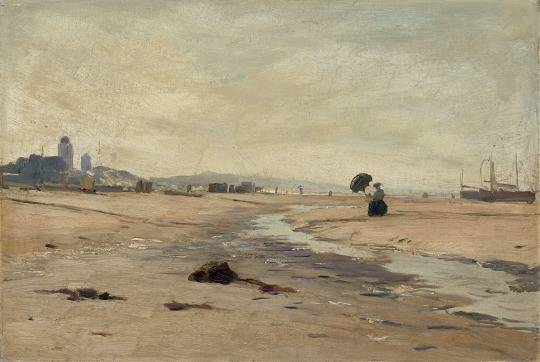

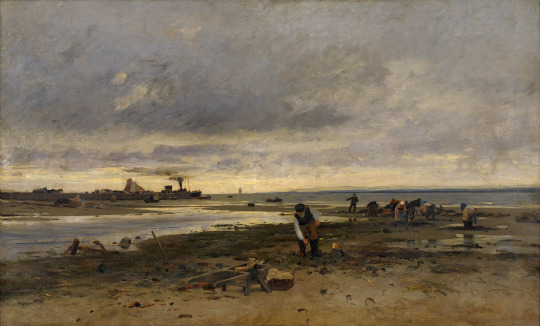
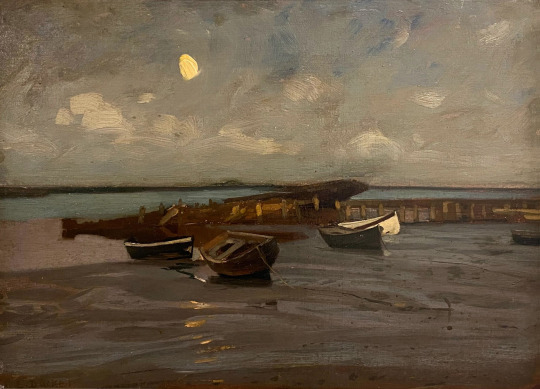
Eugen Dücker - seashore-, beach- and seascape paintings
#german painting#dusseldorf school#baltic countries#maritime art#19th century art#Eugen Gustav Dücker
207 notes
·
View notes
Text

Girl in a Field by Ludwig Knaus, 1857.
#classic art#painting#ludwig knaus#german artist#19th century#naturalism#dusseldorf school#genre art#girl#meadow
68 notes
·
View notes
Text

Constantine's Triumphal Arch in Rome, Oswald Achenbach, 1886
#art#art history#Oswald Achenbach#landscape#landscape painting#cityscape#Rome#Italy#Italianate#Arch of Constantine#Dusseldorf School#German art#19th century art#oil on canvas#Alte Nationalgalerie
214 notes
·
View notes
Photo

Vesuvius at Dusk, William Stanley Haseltine, 1872
Oil on canvas 23 x 17 in. (58.4 x 43.2 cm)
#art#painting#william stanley haseltine#1870s#19th century#oil#luminism#american#hudson river school#dusseldorf school#landscape#vesuvius#italy#100 notes
463 notes
·
View notes
Text
Old Pine Trees by Lars Hertervig, 1865
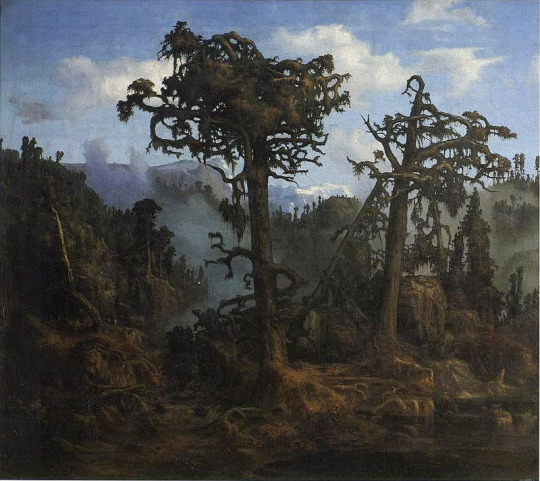
#Lars Hertervig#dusseldorf school of painting#semi-fantastical#fantastical#landscape#painting#19th century art#oil on canvas#oil painting#trees#sky#fantasy#realism
1 note
·
View note